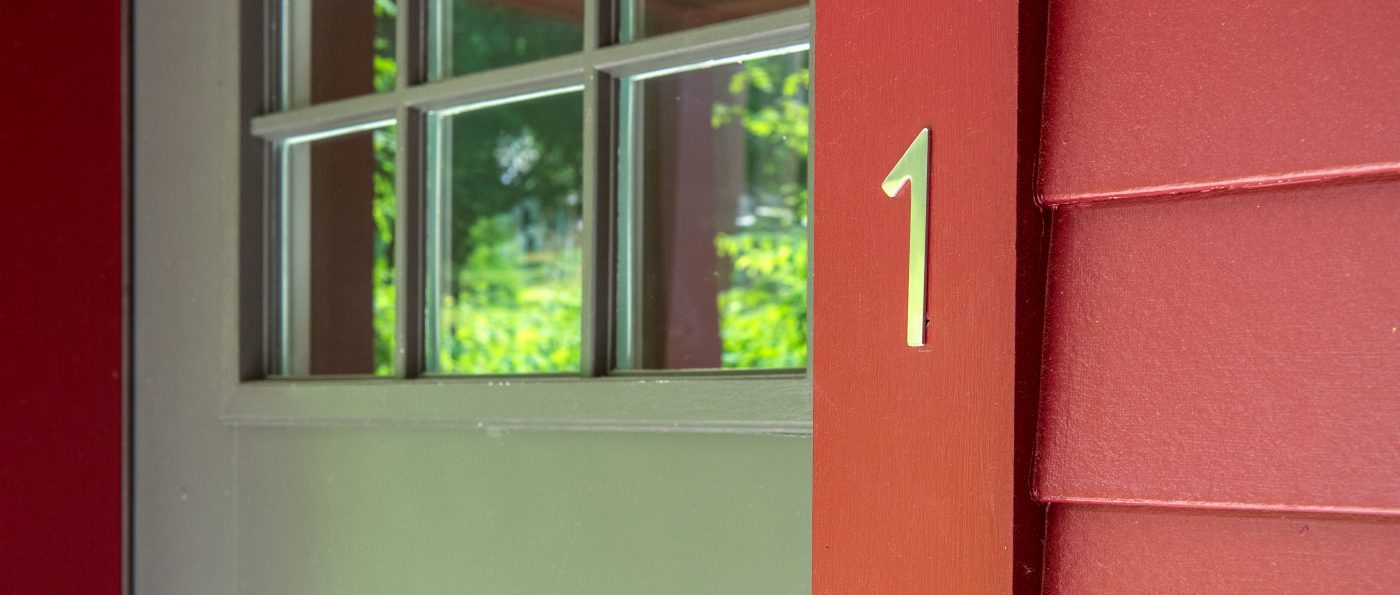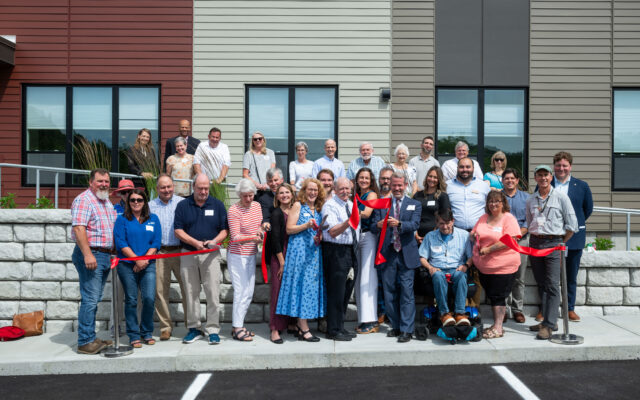This commentary was written by Nancy Owens and originally published by VT Digger on May 19, 2022.
Almost 35 years ago, Vermont made a commitment to sustainability, equity and justice when it formed the Vermont Housing and Conservation Board.
The idea that we could balance housing and conservation by uniting environmentalists and developers in one organization was a radical bet. The bet was that, together, we could decide where housing belongs and which lands to preserve for farms, woodlands, wildlife and clean waters.
Here’s a quote from the 1987 report that ignited support to fund the Vermont Housing and Conservation Board: “Housing has reached such a crisis point that it’s no longer just a low-income issue, testified Cheryl Rivers of Stockbridge. This has become increasingly clear to me in the community where I live, where the principal of the school has told me that he does not have long-term plans to stay in the community because there is no way his family can afford to purchase a home anywhere within driving distance of (his) school.”
Sound familiar? Housing affordability is a longstanding, sticky problem.
Today, many, many people are unable to rent or buy homes because housing costs have skyrocketed.
The median home price in Vermont increased by 20% in the past two years. According to the National Low Income Housing Coalition, you need to earn over $31 per hour to afford a two-bedroom apartment in the Burlington metropolitan statistical area.
Who is left out when housing costs so much?
The lack of affordable housing in our community is an issue of equity.
We have two problems: Existing housing is too expensive and growing more so, and there is not enough of it.
We can make housing more affordable through rent/mortgage subsidies, raising wages, and reducing other expenses of daily living like food, gas, education and child care so that more money can go to housing.
And we can build more homes, all shapes and sizes, for all kinds of people.
We Vermonters see ourselves as welcoming people, and many communities are working to address racial and social equity issues in all facets of community life. But we’re honestly not there yet. We have more work to do.
We need to ask ourselves: What does our current housing crisis tell us about who belongs and who gets to decide who belongs?
Well, when it comes to new multifamily housing being built in our neighborhoods, the deciders are often the homeowners who already live here.
It’s us. We have a lot of influence over zoning decisions and permits and appeals. We speak out against density, against taller buildings, against buildings that are “not in character” with the neighborhood. Well, if we want more affordability, we need to welcome more types of housing — de facto, they will not all look like single-family homes.
Instead, our neighborhoods may have a mix of buildings and uses, small cafes and bakeries next to apartment buildings or duplex and triplex homes next to single-family ones.
Often people frame the addition of multifamily housing in a neighborhood as a loss. Lost view, lost parking space, lost peace and quiet, loss of how it was, lost open space or trees.
There is a lot to be gained by welcoming more housing and more people.
We gain new neighbors, we become a more socioeconomically diverse community, we become a more racially diverse community, and a healthy housing market makes for a strong economy.
Building more apartments and infilling neighborhoods reduces our carbon footprint per home and per person, marrying the goals of the environmentalists and housers, and provides an equitable solution for climate change.
Historically, Black households were prevented by law from purchasing homes in many communities, and by design communities were segregated, and federal mortgage programs were denied to Black households. As a result of being denied the same access to homeownership that whites received, today Black households have less wealth than white ones.
The lack of housing in our cities and towns directly contributes to furthering racial inequities.
We must make room for new housing. To do so, we need to accept changes — if we don’t change, then it will not be just our view that is lost.
We had a big vision 35 years ago to balance what we thought were competing ideas about housing and conservation. We’ve been good stewards and we have the capacity to do even more.
It’s not that complicated — we have the power to change the rules, to welcome more housing so that we have more choices for more people.
There’s a lot of dissatisfaction with the way things are in our communities right now. We are dreaming of a better future together, and we need to embrace some change to actually build that future. Will we continue to just let things happen as the market drives it, or will we shape the place we want to live?
A welcoming, equitable community. What would such a thing look like here?
Nancy is the founding co-president of Evernorth, a nonprofit organization that provides affordable housing and community investments in Vermont, New Hampshire and Maine. She is a member of the Federal Reserve Bank of Boston’s Community Development Advisory Council and is vice chair of VEIC, a nonprofit energy efficiency utility.
Link to the full column can be found here: https://vtdigger.org/2022/05/19/nancy-owens-lack-of-affordable-housing-is-an-issue-of-equity-and-we-need-to-fix-it/




